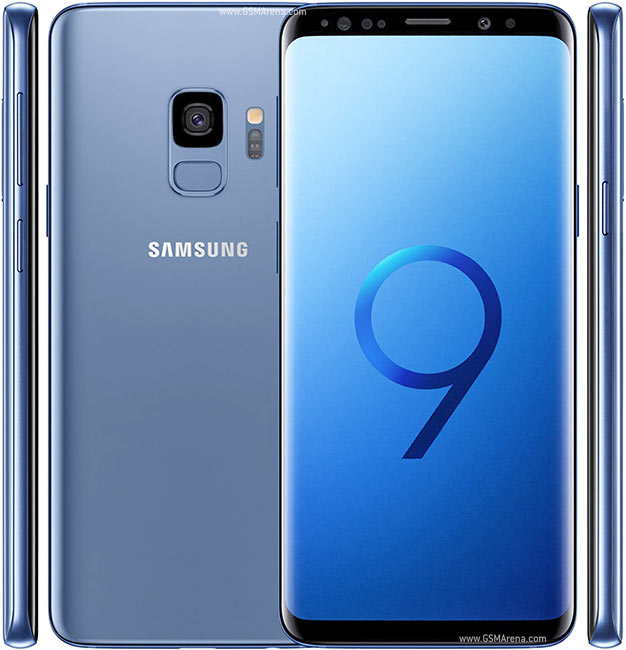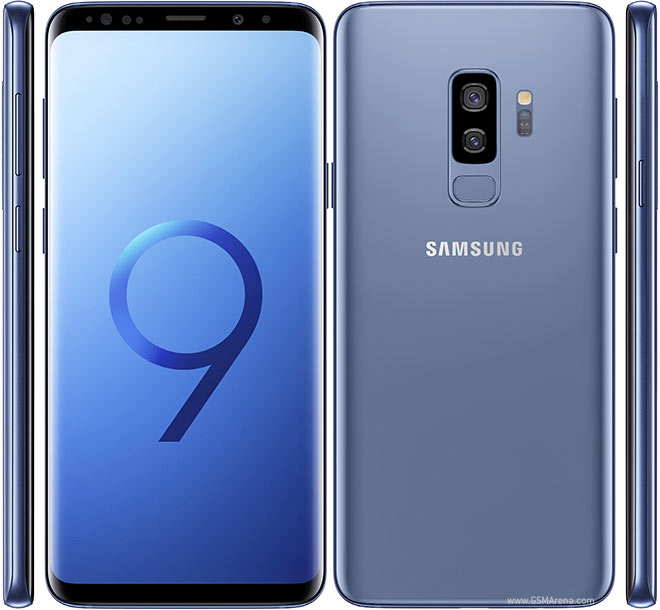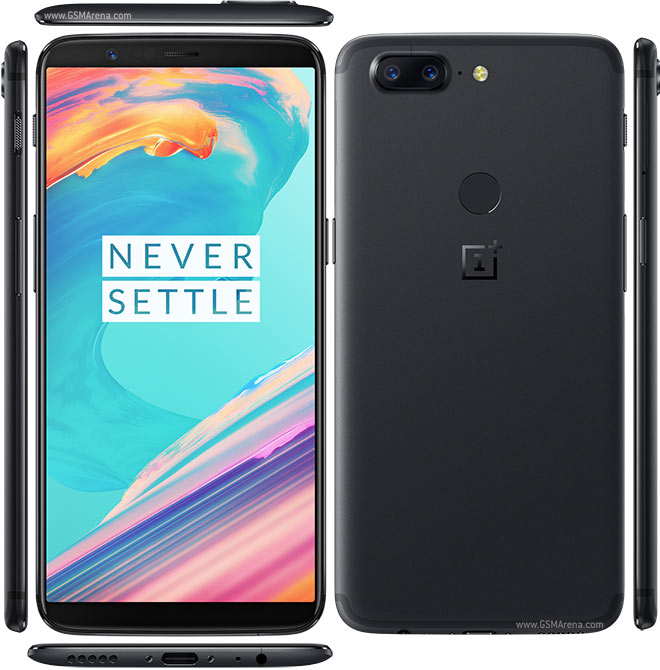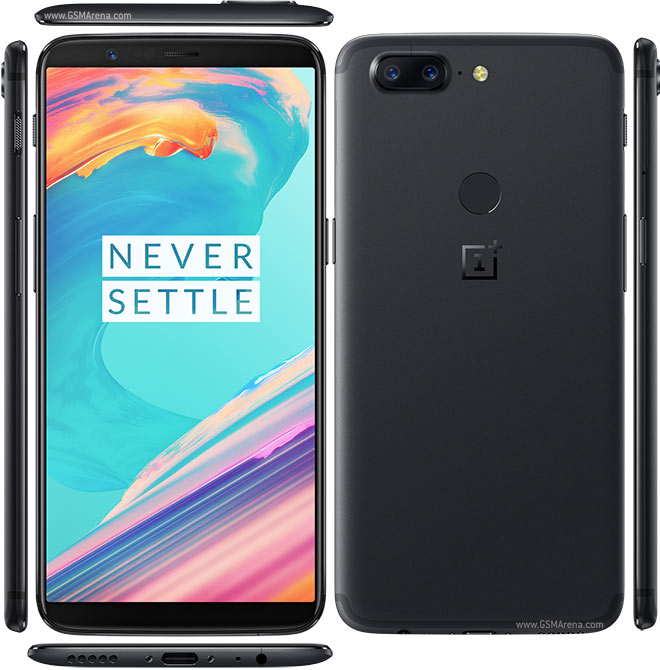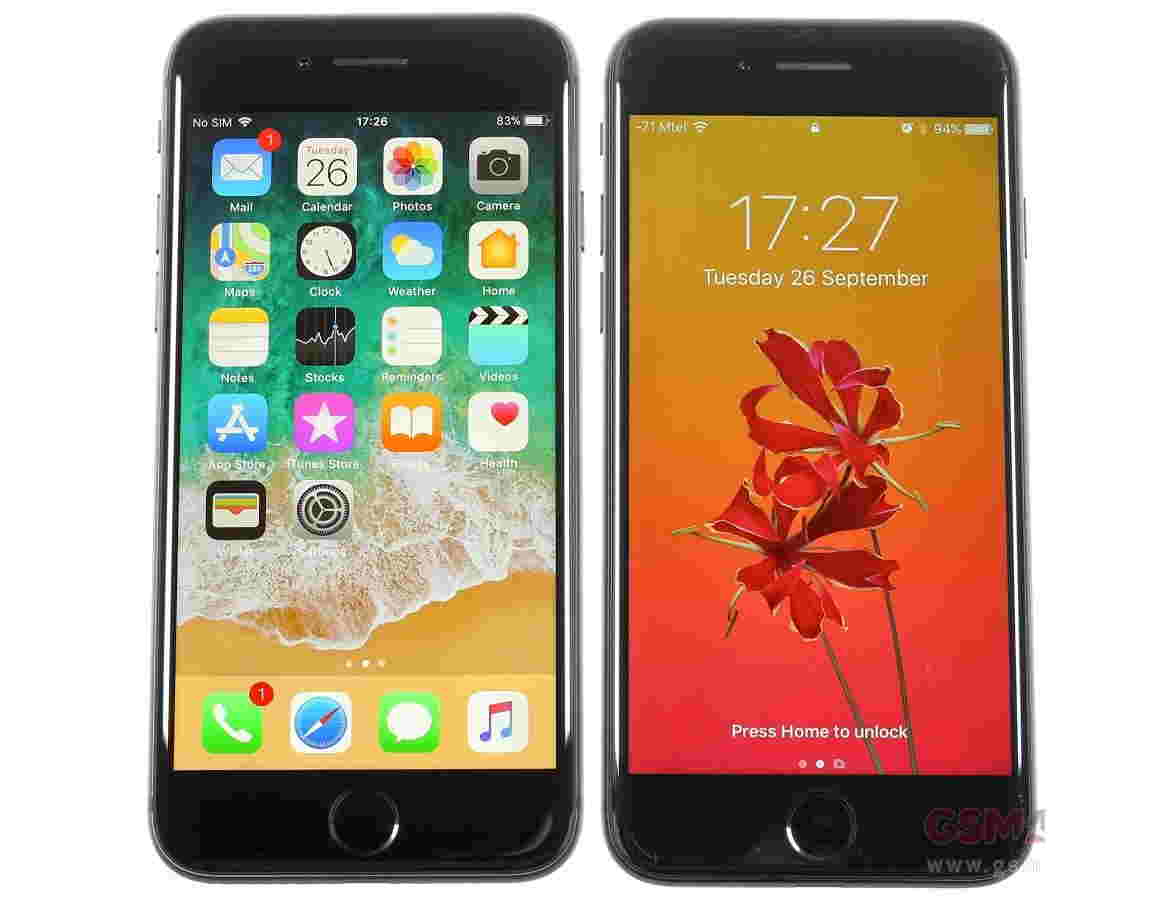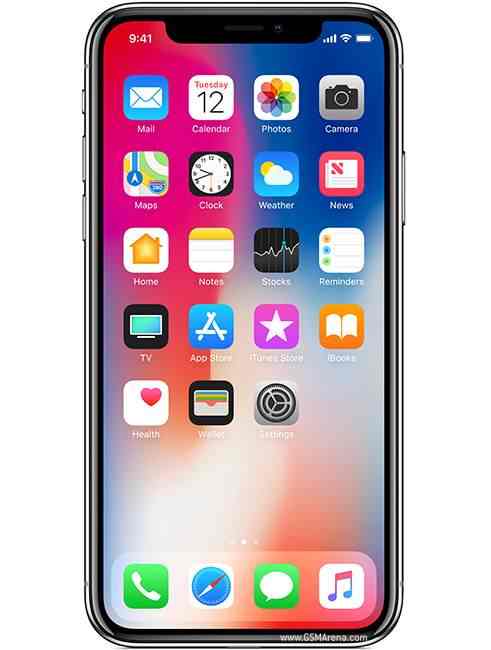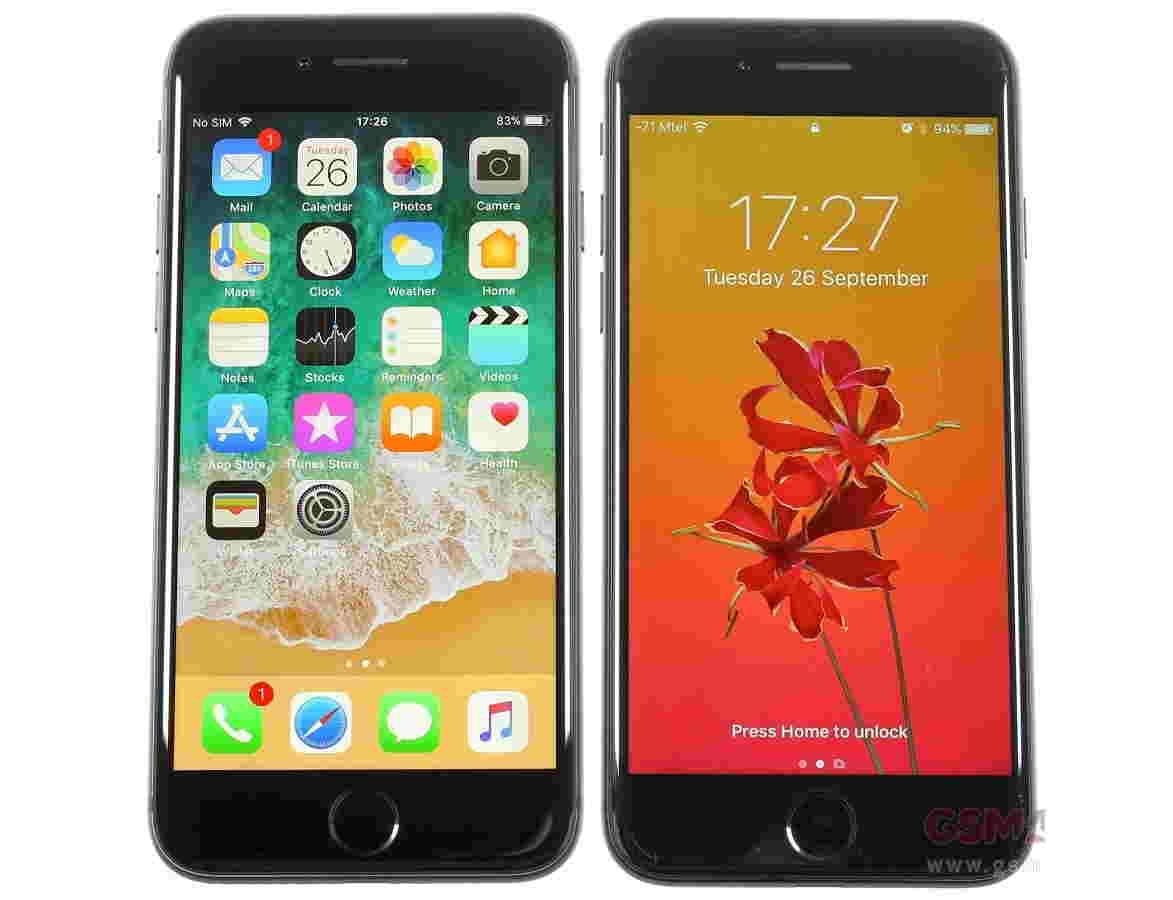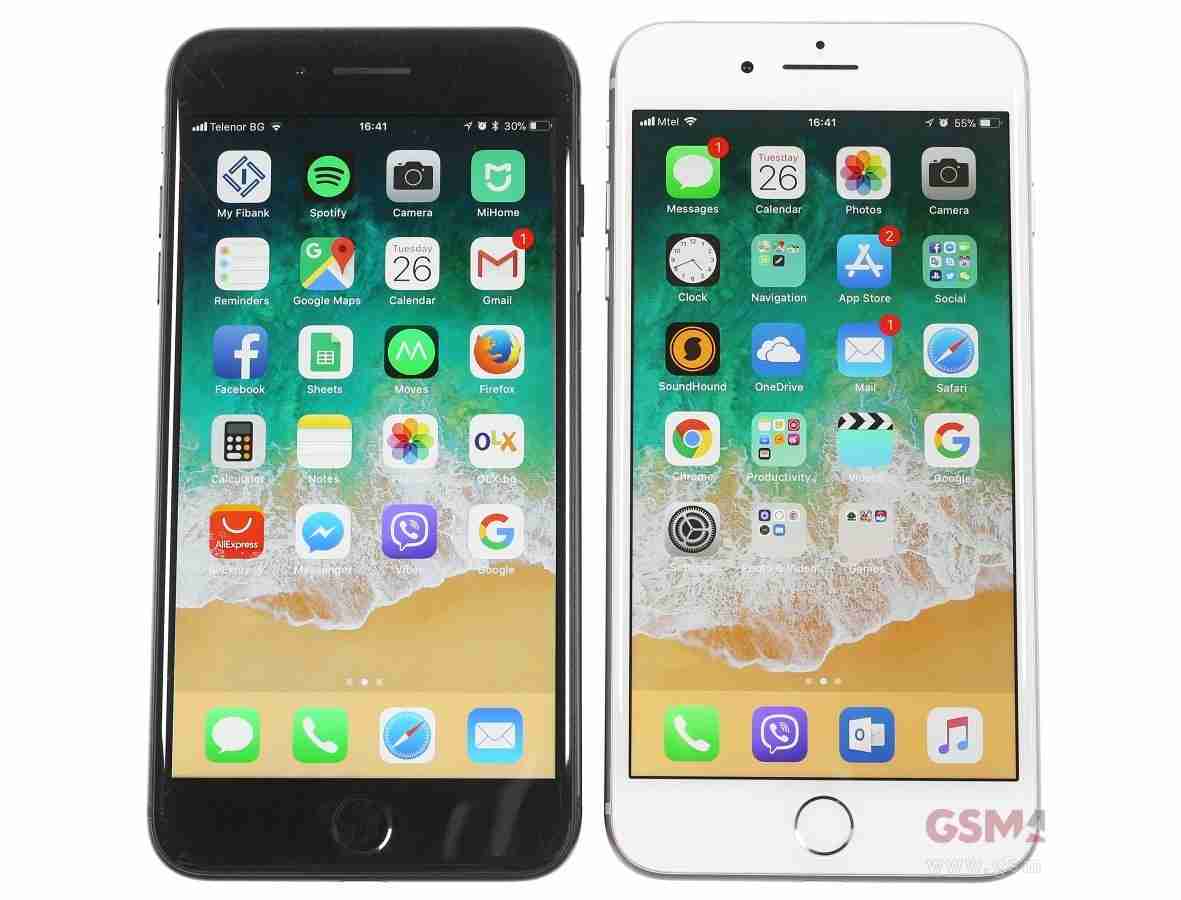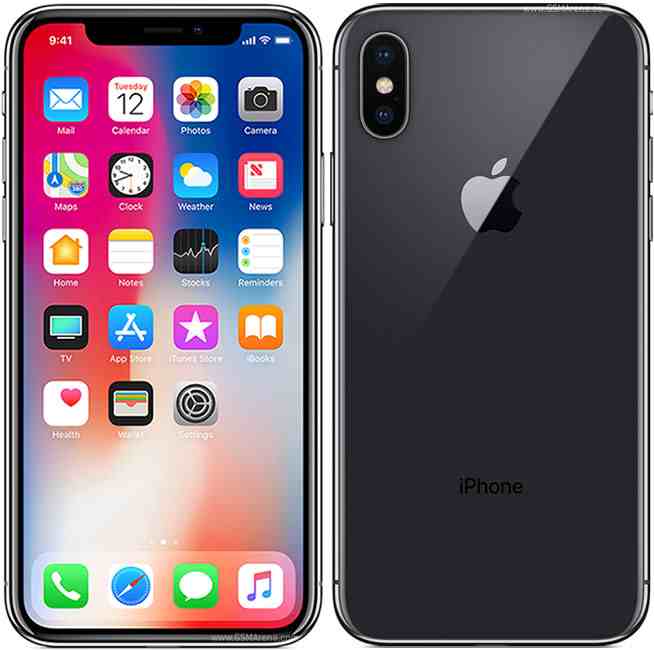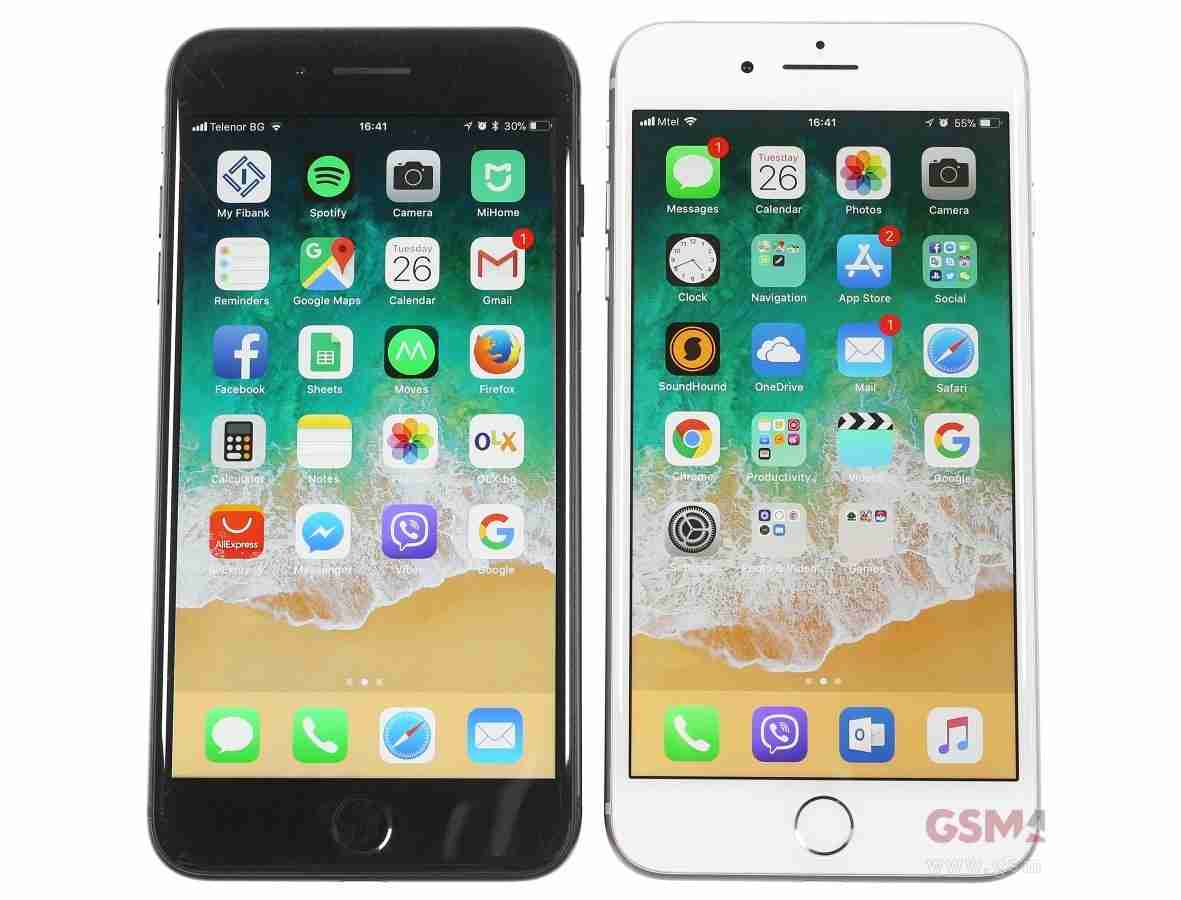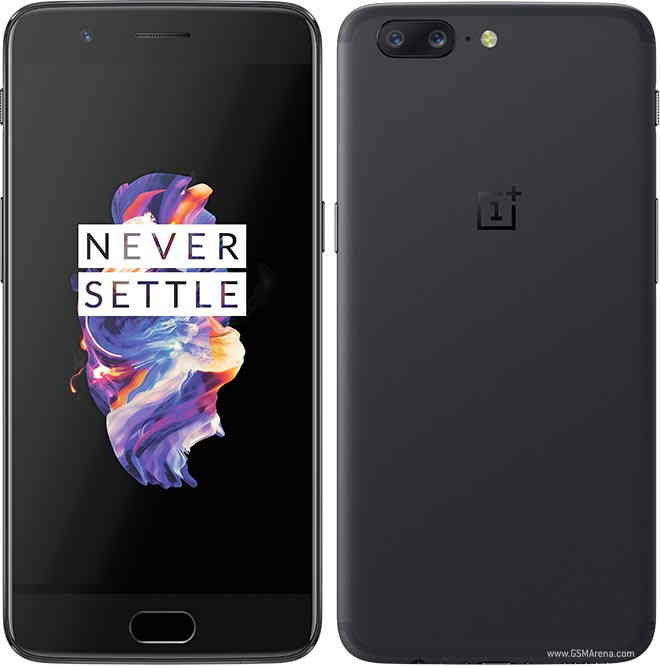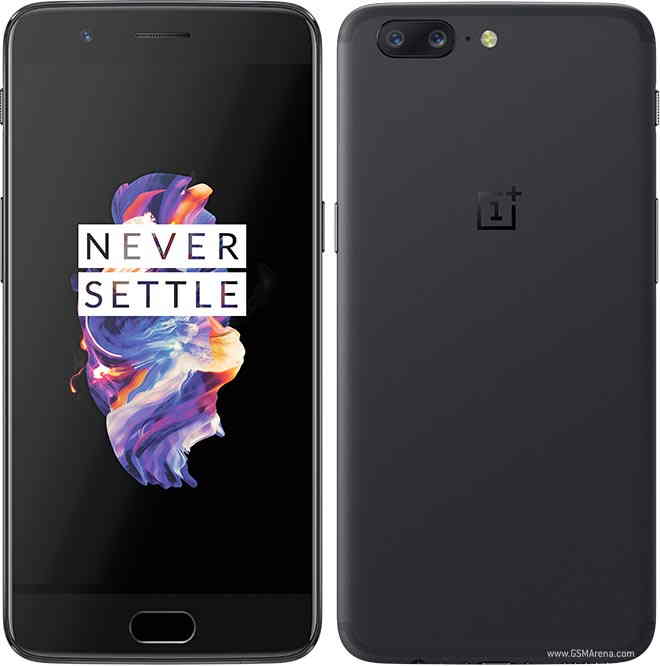Price: £319 inc VAT
Rating: 0

The Nexus 9 is a premium Android tablet, and it clearly has the iPad in its sights. This means it's much more the successor to the Nexus 10 than the 'budget' Nexus 7. Here's our hands-on first look at the HTC designed Google Nexus 9. See also: Nexus 9 release date and price
Google Nexus 9 hands-on: Design
One of the reasons the Nexus 9 is taking the fight to the iPad is the screen. At 8.9in it's almost exactly half way between the 7.9in iPad mini and 9.7in iPad Air. More than that, it has a 4:3 aspect ratio, which deviates from the 16:9 form factor of previous Nexus tablets. The resolution might sound familiar too: 2048x1536 pixels equates to a decent 287ppi (that's less than the Nexus 7's 323ppi, though). Here's the Nexus 9 dwarfing the Nexus 7:

So the image is sharp, and the IPS panel means viewing angles are as good as an iPad's. Colours are ever so slightly muted, but contrast was good in our brief test.
The Nexus 9 therefore sits between the two iPads in terms of size. It's marginally thicker than we'd expected at 8mm, but the tapered edges make it feel thinner. In terms of weight, it's light enough to hold comfortably in one hand, but probably not if you add a case. At 425g it's lighter than an iPad Air at 478g, but only just lighter than an Air 2.

The back has a soft feel, with the nexus logo inlaid just like on the Nexus 5. The back is where you've a choice of colours: black, white or sand currently. On the Black model, the band around the edge is also black, but the white and sand models have a silver band.
The power button and volume rocker are on the right-hand side (in portrait mode), with a headphone port on top, microUSB on the bottom. A nice touch is front-facing stereo speakers - just as you'd expect from HTC, and they're surprisingly loud and clear. Obviously there's a lack of bass, but for catch-up TV and YouTube, they're excellent.
There's a new origami-style cover which has no hinge and is held in place by magnets. You fold two corners in, and then fold the cover back on itself to form a stand which is held to the back of the tablet by more magnets. We found the two positions gave reasonable angles for watching videos and table-top use, but there's no low angle for typing. For that, you're better off with the new magic keyboard (see far below), which is a folio-style case with a mechanical keyboard. We tried this out and the keys have very little travel, but they were just about big enough to type on comfortably. Whether it's much better than the on-screen keyboard, Swype or voice input is debatable.

Google Nexus 9 hands-on: Performance
A premium tablet needs a top-end processor and HTC has chosen the Nvidia Tegra K1, a 64-bit chip shown to be running at 2.5GHz in Geekbench and backed by 2GB of RAM.
Internal storage (which is the only storage - there's no microSD slot) is limited to 16- or 32GB. It's a real shame there's no 64GB option.
Here's the Nexus 9 next to the iPad mini 3:

You do get 802.11ac Wi-Fi with 2x2 MIMO, Bluetooth 4.1 and NFC. There's also the option of a 4G LTE model for £459.
In Geekbench 3, the Nexus 9 scored 1743 for single-core, and 2822 for multi-core. That's similar to the iPad Air, but way short of the Air 2's score, especially in multi-core.
GFXbench is more interesting, and the Nexus 9 managed a respectable 22fps in the tough Manhattan test, and 48fps in T-Rex. Those are almost as good as the iPad Air 2, which managed 25fps and 52fps respectively.

In Sunspider 1.0.2, the Nexus 9 completed the tests in 955ms, but while this is far slower than any of the latest iPads, it doesn't mean the Google tablet is slow at web browsing. Far from it. We loaded a few different websites and - subjectively - they were displayed just as fast as an iPad Air.
In our short test, performance was excellent and there were no stutters or delays when navigating around.
Obviously we couldn’t test battery life, but we'll report back as soon as we have our benchmark results. Google claims 9.5 hours of video playback and an extra half hour for web browsing.
Google Nexus 9 hands-on: Cameras
Yet again matching the iPad - on paper at least - the Nexus 9 has an 8Mp rear camera. It even gets an LED flash, and it records video at 1080p.
We were able to take a few test shots, and the quality looked more than acceptable. The only slight issue was noise in low light, but few people will choose the Nexus 9 on the basis of whether its cameras are any good.
Around the front is a 1.6Mp camera with an f/2.4 aperture just like the rear camera. This means it has a few more pixels than an iPad Air 2, but neither tablet is much good for top-quality selfies.
We took these three snaps in less-than-ideal weather conditions and from the confines of the briefing room. Considering that, they show the main camera has potential. You can click on them to enlarge.



Google Nexus 9 hands-on: Early verdict
Big Android tablets have suffered in the past from poorly designed apps which weren't optimised for big screens. That's still an issue, but hopefully developers will put in the effort when the Nexus 9 launches.
It's interesting that Google has pitched the price of the entry-level 16GB model at £319, exactly the same price Apple charges for the original iPad Air. If you want 32GB, and you probably will, then you'll need to stump up £399, which is more than the 32GB Air which is £359.

Yes, the iPad Air 2 is more expensive at £399 (or £479 for the 64GB version), but the question is whether a premium Android tablet is a better choice than a still-great iPad.
It's too early to say as we need to test the Nexus 9 more fully, but it's hard to persuade the masses not to walk into an Apple store to spend their cash.
Buying Advice
We'll give a final verdict when we've had more time with the Nexus 9



